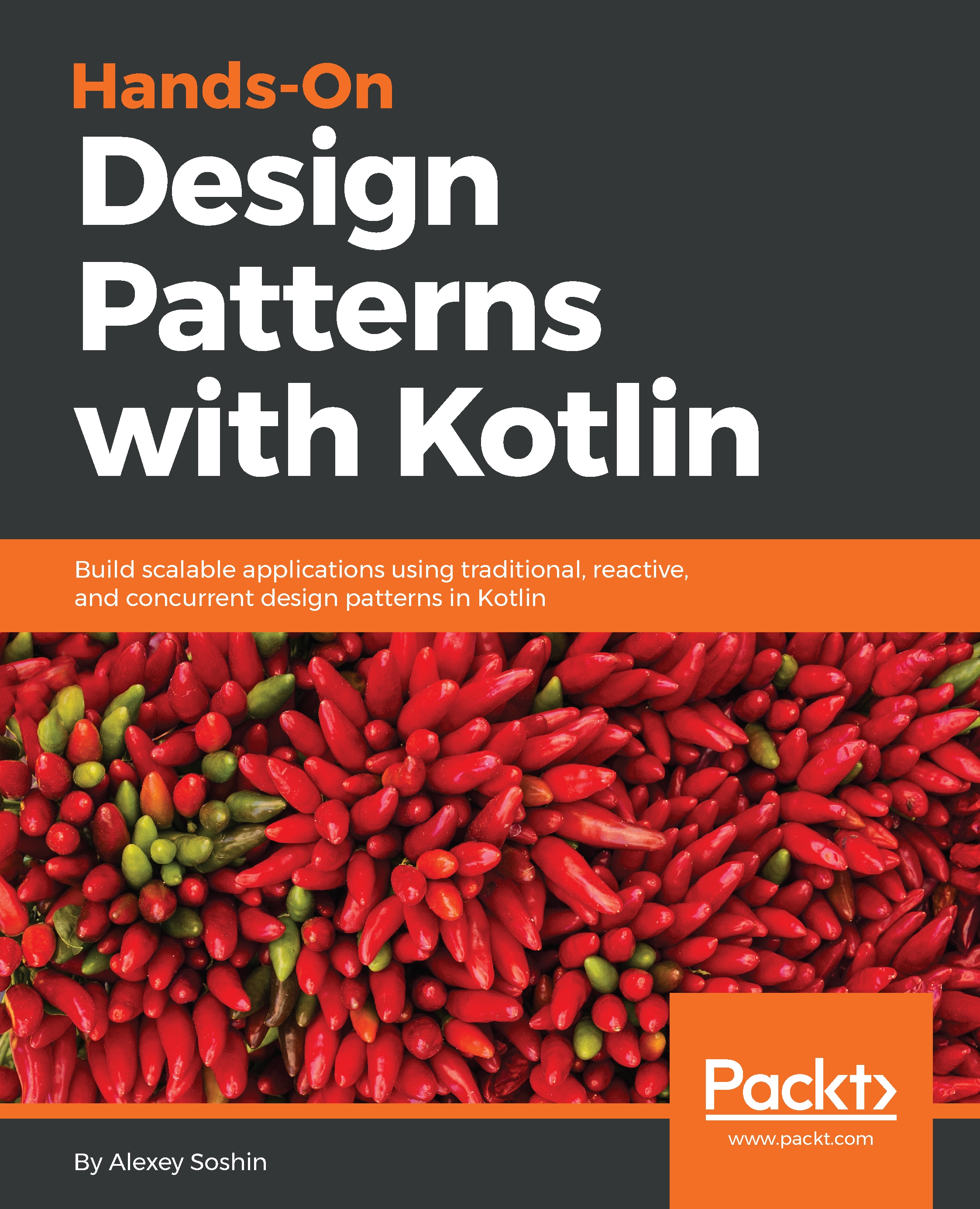As you saw in the previous chapter, in Kotlin it is very easy to introduce concurrency:
fun getName() = async {
delay(100)
"Ruslan"
}
But that concurrency may be unexpected behavior to the user of the function, as they may expect a simple value:
println("Name: ${getName()}")
It prints:
Name: DeferredCoroutine{Active}@...
Of course, what's missing here is await():
println("Name: ${getName().await()}")
But it would have been a lot more obvious if we'd named our function accordingly:
fun getNameAsync() = async {
delay(100)
"Ruslan"
}
As a rule, you should establish some kind of convention to distinguish async functions from regular ones.


